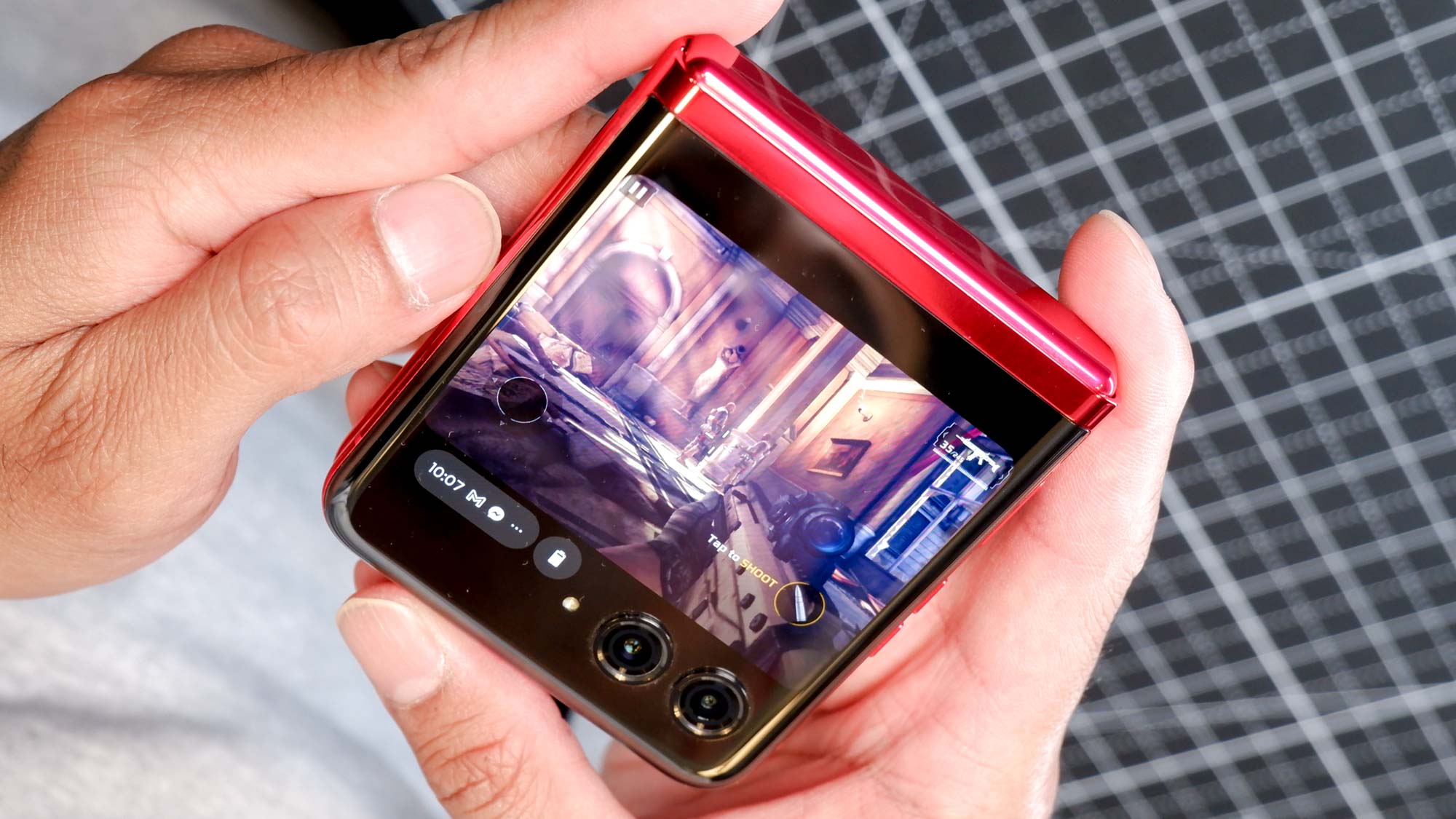
Motorola redeemed itself in a big way last year, proving that the established phone maker is still in the hunt for making the best phones around. Even though its past attempts at foldable phones were heavily met with criticism, the third time’s a charm with the release of the Motorola Razr Plus (2023). That phone was one of the most surprising foldables released last year.
That’s because it was a substantial improvement over its predecessors, proving in the process that Samsung is no longer king in the segment. In my Motorola Razr Plus (2023) review, I praised its stylish design, long battery life, and larger outer screen — which all helped to propel it over Samsung’s direct rival in the Galaxy Z Flip 4 and subsequent Z Flip 5.
But the company can’t just afford to sit around and rest on its laurels, mainly because there’s more competition than ever before when it comes to making the best foldable phones around. Presumably we’ll get its successor, the Motorola Razr Plus (2024), sometime in June to match up to last year’s release. Details around it have been slim at best with the flip phone style foldable tipped to gain a redesign, upgrade processor, and AI-assisted features.
Whatever becomes of the Motorola Razr Plus (2024), it could be the one to beat all other flip phone-style foldables this year. Here’s how.
Slimmer design worthy of its name

Every generation is greeted with improvements, with design being a constant focus for many. While its predecessor was impressively sleek at 0.28-inches thin, it still wasn’t as skinny as the OnePlus Open’s 0.23-inch frame. Yes, the OnePus is technically a notebook-style foldable, but it represents how quickly phone makers can trim out the fat.
Motorola will need to live up to the phone’s name by shaving off as much as possible from its chassis, while still retaining the same stylish cues that make its flip phone-style foldable more attractive than Samsung’s offerings. One simple way to make it skinnier is to increase the size of the display, which would simply stretch out the frame — resulting in a skinnier construction.
Even longer battery life

Another thing Motorola will need to be mindful about is how much it should trim from the phone’s design, just because it could have a direct impact on its battery life. I was impressed that last year’s Razr Plus (2023) inched out all other flip phone-style foldables in Tom’s Guide battery benchmark testing, reaching a time of 10 hours and 9 minutes on our web surfing test, which is better than 9 hours and 53 minutes of battery life from the Galaxy Z Flip 5.
I suspect that it should get a boost if rumors about it being powered by Qualcomm’s Snapdragon 8 Gen 3. I’m not talking about an improvement by an hour, but rather, a substantial increase that could catapult it into the 3-hour improvement range. This is achievable when I look at the marked improvement in battery life in recent flagships like the Samsung Galaxy S24 Ultra and OnePlus 12.
Better camera for low light

One area that failed to impress me about the Motorola Razr Plus (2023) was the low light performance of its cameras. They simply were underwhelming, filled with more noise and fewer details compared to Samsung’s offerings. Motorola can’t afford to make the same mistake here because consumers continually gauge a phone’s worth primarily through its camera performance.
By introducing a larger camera sensor that could also benefit from newer, more optimized image processing algorithms, low-light performance issues could be a thing of the past for the new Razr Plus.
Make Moto Connect a true Samsung DeX rival

It’s arguably one of its most underrated features, but I feel that Moto Connect needs a slight tweak to make it more accessible. It’s the feature that brings that desktop PC-like experience to a nearby display. My beef with it is that it only works when you wirelessly stream to a supported nearby monitor.
Instead, it would be a truer rival to Samsung DeX if you could connect it via USB-C to any monitor or TV. In those rare instances when I accidentally leave my work laptop at home, I’ve often relied on Samsung DeX at work to help me get through the day by connecting it to my work monitor. Moto Connect just needs to work the same way.
AI features to save time

I suspect that the Motorola Razr Plus (2024) will be jumping on the same bandwagon as everyone by offering AI-assisted features. They’ve proven to me how they have practical applications, like how the Pixel 8 Pro can take phone calls for me with its upgraded Call Screen feature or the magic editing abilities of the Generative Edit with the Galaxy S24 Ultra.
Motorola will need to come up with its own set of unique AI features to differentiate it from its rivals, but don’t be surprised if it borrows the stuff we’ve seen adopted from Google — like Circle to Search. For example, I’d like to see a similar real-time interpreter mode that could translate conversations using both the inner and outer displays.







